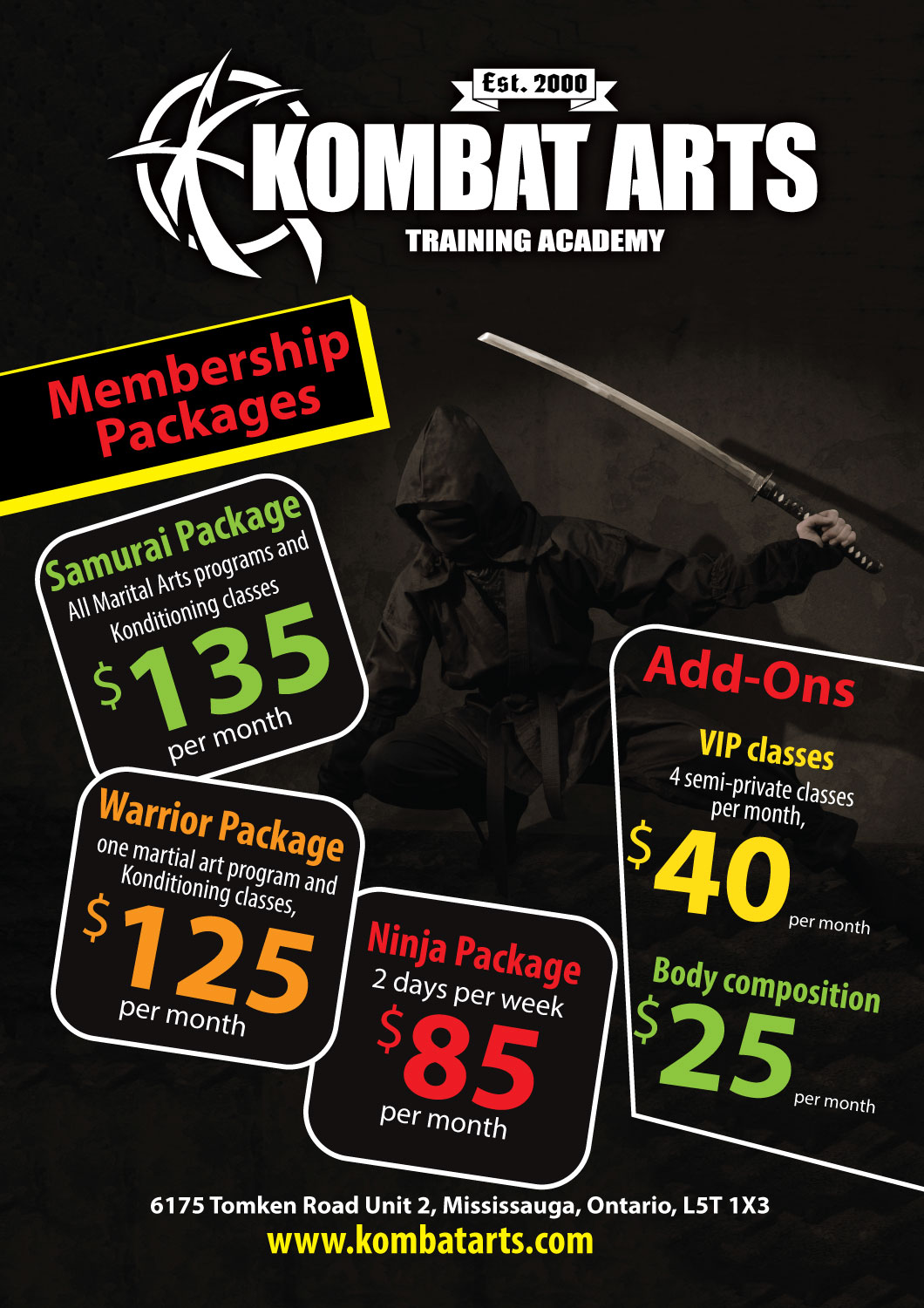Exploring The Historic Background And Approaches Of Martial Arts Weapons Practice
Exploring The Historic Background And Approaches Of Martial Arts Weapons Practice
Blog Article
Article Created By-Soelberg Mcclure
Discover the ancient origins of martial arts weapons training, shaping fight techniques and technique. https://donovanmszfm.madmouseblog.com/8142508/obtain-psychological-strength-and-self-confidence-with-self-defense-training-unlocking-a-powerful-resource-of-durability-find-how-it-changes-your-life like Egypt and China developed their skills with numerous weapons like bows, staffs, swords, and nunchaku. Passed down via generations, traditional tools such as katana, nunchaku, bo team, and sai supply unique characteristics and methods. Modern tool training incorporates traditional concepts with contemporary strategies, focusing on speed, precision, and versatility. Boost your fight abilities by learning more about the abundant history and diverse strategies of martial arts weaponry.
Old Origins of Weapons Training
Checking out the ancient origins of weapons training reveals the fundamental principles that have formed martial arts methods for centuries. In ancient worlds, tools training had not been just a way of fight yet also a way to impart discipline, honor, and respect. The earliest types of weapons training can be mapped back to old Egypt, where soldiers were trained in the art of archery and spear fight. These abilities were necessary for securing the kingdom and guaranteeing its success.
As human beings progressed, so did the strategies and tools used in training. In ancient China, martial arts professionals refined their skills with tools like the team, sword, and nunchaku. https://www.dailymail.co.uk/tvshowbiz/article-11300467/Cobra-Kai-star-Sean-Kanan-details-terrifying-near-fatal-injury-filming-Karate-Kid-III.html weren't only tools for protection yet likewise symbols of strength and proficiency. The training methods were passed down from generation to generation, maintaining the conventional strategies and approaches.
Through the research of ancient tools training, modern martial artists gain a deeper understanding of the discipline and dedication called for to understand these abilities. By honoring the tradition of old warriors, professionals continue to support the timeless principles of martial arts.
Typical Fighting Style Weapons
The development of martial arts weaponry from old people to contemporary practice highlights the long-lasting relevance of traditional weapons in combat training. Conventional martial arts weaponry includes a broad array of tools such as the katana, nunchaku, bo staff, and sai. These weapons have actually been passed down through generations, each with its one-of-a-kind characteristics and strategies.
The katana, a traditional Japanese sword, is understood for its intensity and accuracy in strikes. Nunchaku, including two sticks attached by a chain or rope, call for skilled taking care of for efficient battle. The bo staff, a long stick commonly made of wood, is versatile in both assault and protection maneuvers. The sai, a three-pronged steel weapon, is experienced at trapping and blocking opponents' strikes.
Training with these conventional tools not only refines physical combat abilities but additionally grows discipline and emphasis. By understanding the strategies of traditional martial arts weaponry, experts can personify the abundant history and society of martial arts while boosting their battle proficiency.
Techniques for Modern Tool Training
Modern tool training methods emphasize flexibility and effectiveness in battle situations, blending conventional principles with contemporary tactics for maximum effectiveness. To excel in contemporary weapon training, concentrate on improving your rate, accuracy, and adaptability. Practicing with tools like knives, batons, and firearms requires grasping techniques that focus on quick strikes and accurate protective maneuvers.
Maneuvering plays a vital function in contemporary tool training, allowing you to preserve correct distance from your opponent and swiftly change in between offensive and protective stances. By incorporating liquid movements and quick footwork drills into your training program, you can successfully evade strikes and launch counterattacks with accuracy.
In addition, contemporary tool training highlights the significance of situational awareness and calculated reasoning. Understanding exactly how to examine hazards, identify susceptabilities, and make use of openings in your opponent's protection is important for success in fight scenarios. By refining your analytical skills and developing a tactical attitude, you can exceed enemies and arise triumphant in challenging circumstances.
Conclusion
So there you have it! You've learned about the ancient beginnings of weapons training, explored standard martial arts weaponry, and uncovered strategies for modern weapon training.
Now head out there and exercise what you have actually learned, and come to be a master of martial arts tools! Remember, the opportunities are countless, and with devotion and technique, you can come to be a weapon-wielding ninja in a snap!
